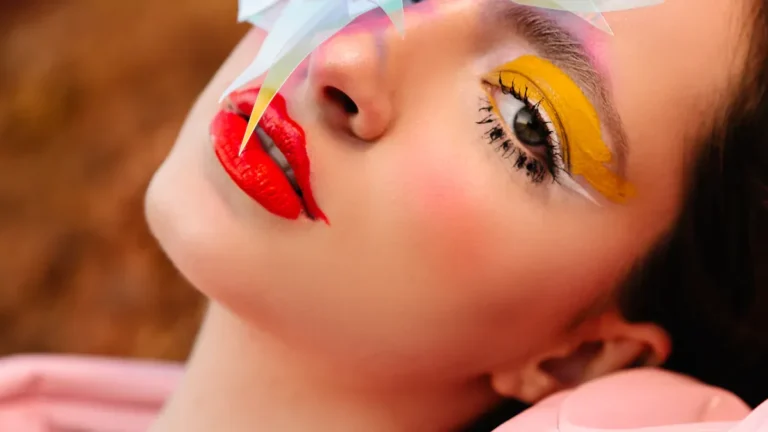How to Choose Mascara Packaging?
Mascara isn’t just another makeup item—it’s often the one product consumers won’t leave home without. That makes its mascara packaging not only essential for protecting the formula but also for branding, consumer trust, and shelf appeal. If you’re launching a mascara line or rebranding an existing one, understanding how to choose mascara packaging is just as crucial as perfecting the product itself.
Whether you’re an indie brand or part of a large cosmetics company, your packaging speaks volumes before your customers even open the tube. Let’s explore how to make that impression count.
1. Understand Your Target Market First
Age, Gender, and Lifestyle Considerations
Before you even sketch a design, identify who you’re selling to. Are your customers:
- Teens wanting fun and colorful packaging?
- Young professionals seeking sleek, modern designs?
- Eco-conscious consumers prioritizing sustainability?
Understanding their age, lifestyle, and values helps guide every packaging decision—from materials to aesthetics.
Luxury vs. Drugstore Brand Positioning
Luxury mascara often uses heavier materials like glass or metal, with minimalist or monochromatic design. On the other hand, mass-market brands typically lean on bright plastic packaging with bold typography to attract attention on crowded shelves.
Knowing your product’s tier determines the style and materials that will resonate with your audience.
2. Align Packaging with Your Brand Identity
Visual Storytelling Through Packaging
Packaging should be an extension of your brand’s story. Use color, shape, and texture to communicate your mission, vibe, and positioning.
Is your brand bold and edgy? Try metallic finishes or sculpted forms. If you’re all about clean beauty, go for matte neutrals and sustainable materials.
Matching Mascara Tubes with Brand Aesthetics
Ensure your mascara fits with the rest of your product line. Consistency in:
- Logo placement
- Color palettes
- Finishing styles
helps build brand recognition and customer loyalty.
3. Choose the Right Mascara Tube Shape
Cylindrical, Curved, Square, and Custom Forms
The tube’s shape affects not only the aesthetic but also the user’s grip and the wand’s performance. Common options include:
- Cylindrical: Classic and familiar
- Curved: Ergonomic and feminine
- Square or Flat: Modern and stackable
- Custom: High-end and unique
Ergonomics and Consumer Handling
Comfort in application is critical. A tube that feels awkward or slippery can turn off loyal buyers. Test different shapes for grip comfort, hand size compatibility, and ease of twisting open.
FAQs About Mascara Packaging
Q1: What’s the best material for mascara tubes?
A1: Plastic is the most common due to cost and versatility, but PCR plastic and aluminum are gaining popularity for sustainability.
Q2: Can I use the same mascara wand for all formulas?
A2: No, the wand should match the formula’s thickness and performance goals (e.g., volumizing or curling).
Q3: What are the average dimensions of a mascara tube?
A3: Most are between 10–12 cm long, holding about 8–10 mL of product.
Q4: How much should I budget for custom mascara packaging?
A4: Custom designs can range from $0.60 to $3.00 per unit depending on volume and features.
Q5: Do I need to list mascara ingredients on the tube?
A5: In most regions, yes. You can list them on an outer box if the tube is too small, but the PAO and batch code must still appear on the tube.
Q6: Is it worth investing in photogenic packaging for social media?
A6: Absolutely. Attractive packaging helps boost online engagement, influencer interest, and brand visibility.
Conclusion: Packaging as the Ultimate Brand Communicator
Choosing the right mascara packaging is about more than aesthetics—it’s a strategic decision that affects product performance, consumer trust, and brand success. From the wand to the label, every element contributes to how your product is perceived and used.
By understanding your audience, testing materials, and embracing both form and function, you can craft packaging that not only protects your mascara but sells it on shelves and screens alike.






